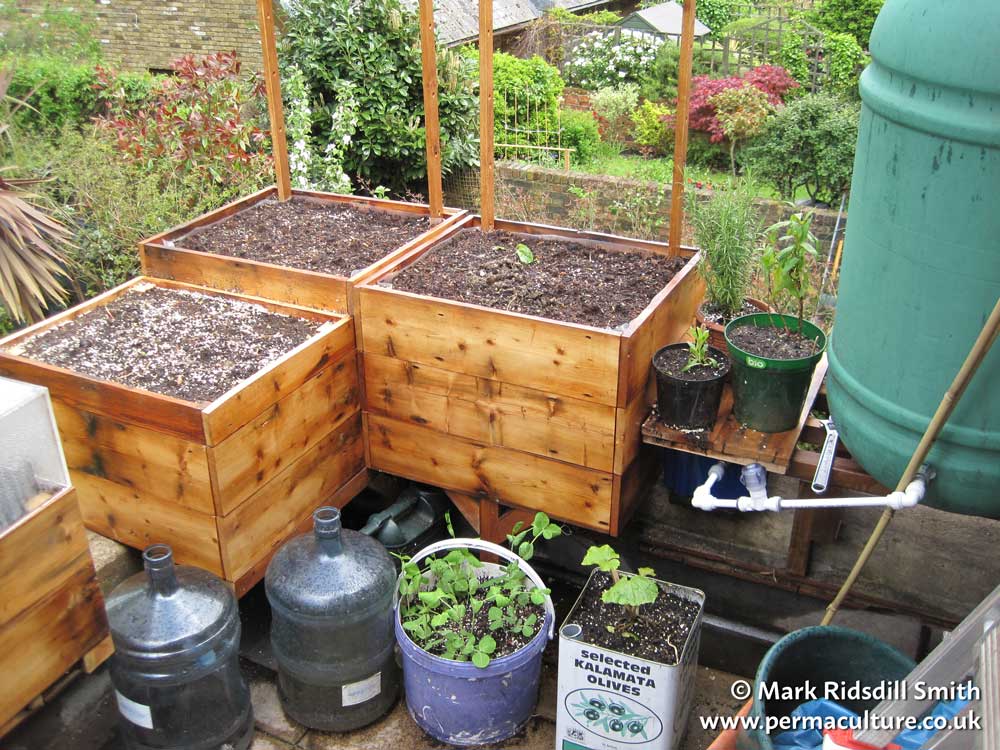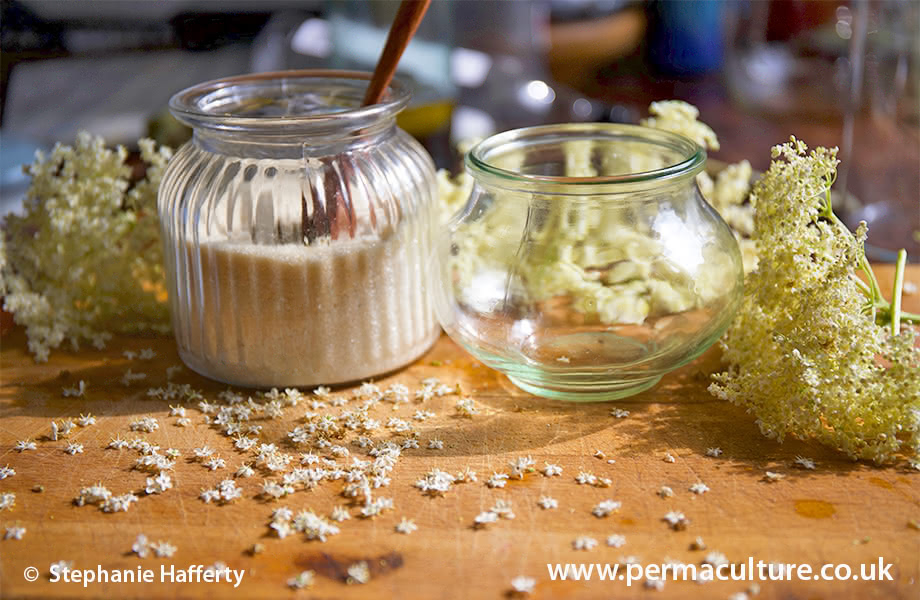Hot compost is a quick and easy way to get through your waste.
A hot compost pile can reach temperatures of 49-77oC (120-170oF) in just a few days, and if you get it right, you can compost your organic matter in around four weeks. You can even use these high temperatures to heat your water, home or greenhouse. The temperature of the pile must be monitored because remaining at a temperature of 65oC or higher for even just a few hours, will kill beneficial microorganisms that add to your compost.
What you will need
Equal parts green and brown materials, all shredded to a small size. Fresh grass clippings and dried shredded leaves work great for your first effort because they’re already in small pieces, and the grass clippings are full of moisture.
A fork or shovel for turning
A compost thermometer or a meat thermometer attached to the end of a stick
A tarp (optional)
A bin/container (optional)
Method
Make sure all organic matter is chopped into small pieces and mix together the green and brown materials well. Add in around a shovelful of already made compost or soil, which will be full of microorganisms to jumpstart the process.
As you build the pile, sprinkle with some water to keep the organic matter moist. It needs to be the consistency of a wrung-out sponge.
Your compost pile needs to be around one cubic meter in size. Any larger than one and a half cubic metres will mean moisture and heat levels are wrong for speedy decomposition. At this stage you could cover the pile with a breathable tarp to maintain moisture, but this isn’t necessary.
Over the next month you will need to monitor and record the daily temperature of the pile with a compost thermometer. Between one and five days, the temperature should rise, between 49 and 77oC (120 – 170oF). The temperature will depend on moisture levels, the size of your organic matter and the size of your pile.
Once the temperature cools to below 43oC (110oF), which is usually between four and seven days, you will need to turn over the organic matter to introduce oxygen. This will then heat the pile back up.
Everytime you turn the compost, make sure you bring the pile’s exterior material into the interior. This enables all material to be evenly broken down. Water can be added to maintain the correct moisture levels, but be liberal, as the pile will cool if it is too moist.
Continue monitoring and recording temperatures everyday, and the turn the compost every four to five days, when the temperature drops below 43oC (110oF). Continue moistening if needed. After around 14 days, the compost will no longer be recognisable. After one month, you should have turned the pile four times.
By this point, most of the pile will be a dark, crumbly compost and the temperature will decrease below 29oC (85oF).
Now you must let the compost ‘cure’ for a couple of weeks before you can use it.











